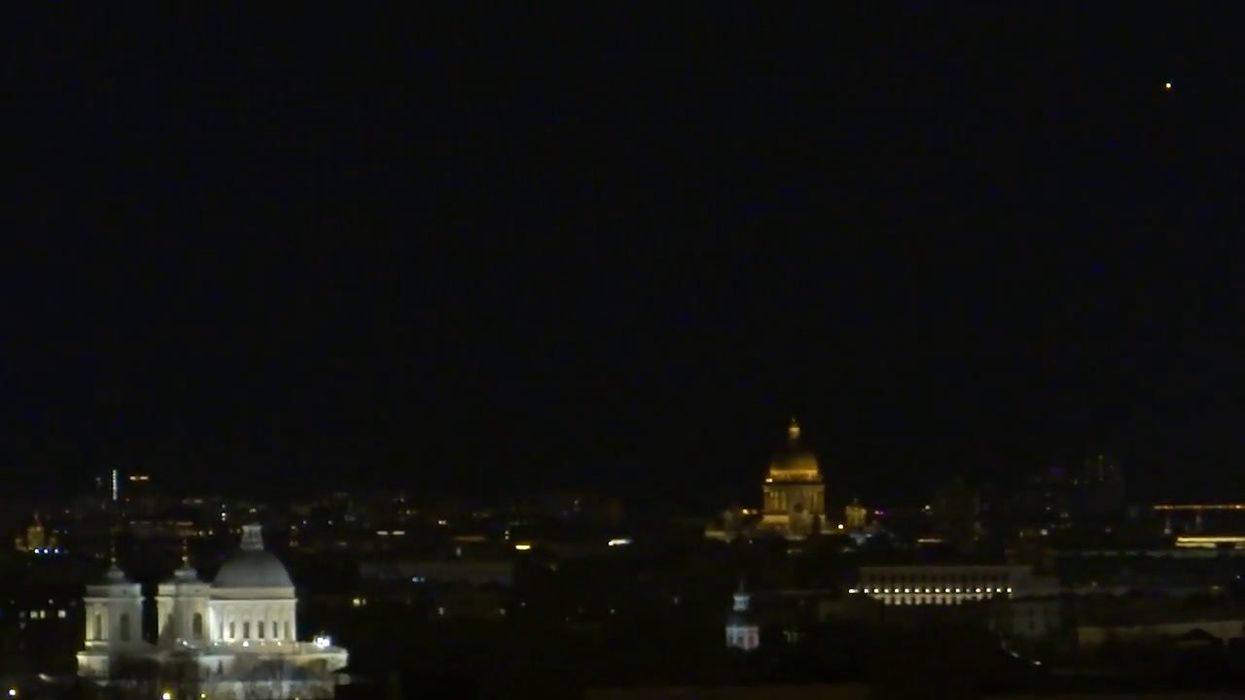Ariana Baio
Mar 16, 2023
Bright Venus shines over St Petersburg, Russia
content.jwplatform.com
There’s something about Venus.
For years, scientists have wondered if the volcanoes on the surface of Venus are active. But it’s been nearly impossible for spacecraft to clearly see the landscape due to the planet’s volatile atmosphere.
With surface temperatures of 475°C (900°F) and thick toxic clouds of carbon dioxide and clouds of sulfuric acid, spacecraft can only last an hour or two.
From 1990 to 1992, the Magellan spacecraft imaged Venus’s surface using “synthetic aperture radar” and after reviewing the footage again, scientists have found an answer to their question.
Sign up for our free Indy100 weekly newsletter
A new study from Science.org has revealed that the Magellan identified a 2.2 km2 volcanic vent that changed shape within eight months.
By examining full-resolution images, scientists noticed a volcanic vent, located in one of the planet’s largest volcanoes, Maat Mons, expanded.
Scientists were also able to see the volcanic flow from the vent, this all indicates there may be active volcanic activity on Venus.
“My bet is there was an eruption of a lava lake,” Robert Herrick, one of the study’s co-authors and a planetary scientist at the University of Alaska Fairbanks told National Geographic.
The revelation is astounding for scientists as they did not expect to learn about volcanic activity on Venus until NASA’s VERITAS returns in the 2030s.
However, during the pandemic, Herrick decided to take a second look at the images from Magellan and manually align images to notice any changes.
“Whenever I had an hour here or there, I just started looking," Herrick told National Geographic.
That's when he discovered volcanic vents had changed shape and matter seemed to be flowing out of one.
The planet was first explored in the 1960s when scientists discovered it was comparable in size and structure to Earth.
Venus is often referred to as “Earth’s Twin” because of this, although the conditions on the planet are extraordinarily different from Earth.
For Magellan to map Venus, it had to orbit the planet repeatedly and take photos of the same location several times. However, low-resolution images combined with the toxic atmosphere led to complications.
Have your say in our news democracy. Click the upvote icon at the top of the page to help raise this article through the indy100 rankings.
Top 100
The Conversation (0)














